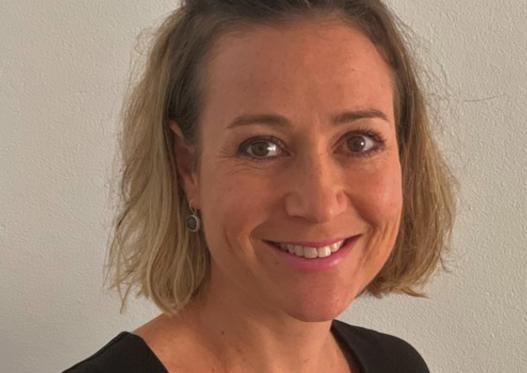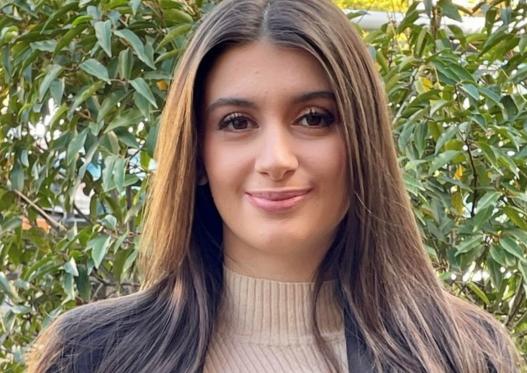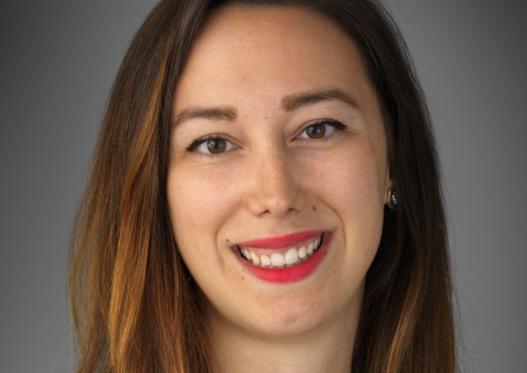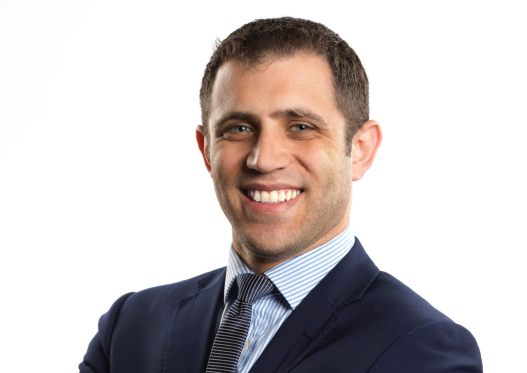Panicked young people who moved their KiwiSaver to low risk funds during COVID are being urged to check if they are in the right plan.
The message from the Financial Markets Authority comes after new data showed fund switching during the height of pandemic market volatility was dominated by young people.
FMA-commissioned research shows members aged 26-35 made five times more switches than usual - while overall fund switching was three times higher than normal.
The FMA is worried those who switched to more conservative funds have left their retirement savings there - as less than 10% of those who switched have not ‘boomeranged’ back to high growth funds.
“Using behavioural science, we can observe a bias among younger people to take action when they see their balances drop,” said Gillian Boyes, FMA Manager – Investor Capability.
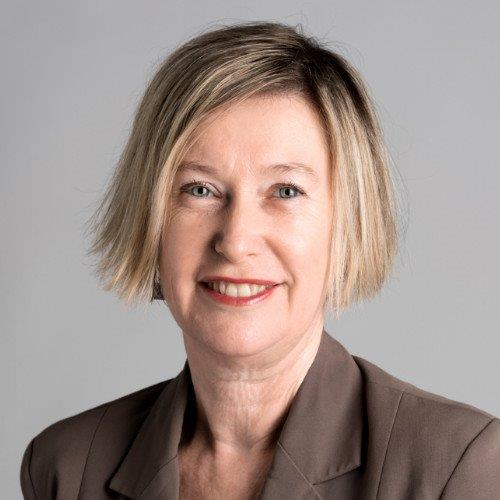
“Younger people with a bank KiwiSaver provider often see their balance alongside day-to-day accounts.
“The research found this may be influencing younger people to see their KiwiSaver as both accessible and transactional like a bank account.
“This was supported with a small number of people we interviewed who said they switched funds after seeing their balance drop and found the process straightforward.
“Action bias means people felt the need to 'do something' to gain a sense of control over their falling balance.
“Other factors provoking this activity were emotionally-charged public conversations about KiwiSaver at the time, a herd mentality, and a desire to mitigate short-term losses.
“A panic decision to switch because of shorter term events can have long term consequences.”
Ms Boyes said it was concerning that only 9.1% of people who switched to a lower risk fund from February to April 2020 ‘boomeranged’ back to a high growth fund by August.
This meant a large portion of those who left growth funds would now be in a low-risk fund that may not align with their savings goals, especially if they were a long way from retirement.
“Generally speaking, you should be in a high growth fund the younger you are and the further you are from retirement,” she said.
“Growth funds provide the greatest opportunity to maximise returns and although the balance might jump around, young people have plenty of time until retirement age to recover any losses.
“The exception is if you are planning to make a first-home withdrawal within the next one to three years and may want to choose a conservative fund so you have more certainty around your balance.”
PwC analysis of fund switching by 1.5 million KiwiSaver members from seven providers – representing around half all accounts - highlighted the big increases when data from February to April 2020 was compared to the same period in 2019.
The findings will be discussed with providers to explore potential improvements after it emerged that:-
- March 2020 was the peak switching month, with seven times the 2019 average monthly volume
- There were 6,156 switches on March 22 – the equivalent of around 20 days’ worth of switches in 2019
- 5% of switches were to lower risk funds, 11% to equivalent risk funds and 18.5% to higher risk funds
- Members aged 26 to 35 constituted 23% of all sample members, yet made 30.8% of all lower risk fund switches
- Banks saw a disproportionate increase in switching compared to other KiwiSaver providers
While the FMA report acknowledges all participating KiwiSaver providers increased their investor communications during the COVID-19 market volatility, it notes: “There remain important considerations for KiwiSaver managers to help members make informed decisions in future market turbulence.”





